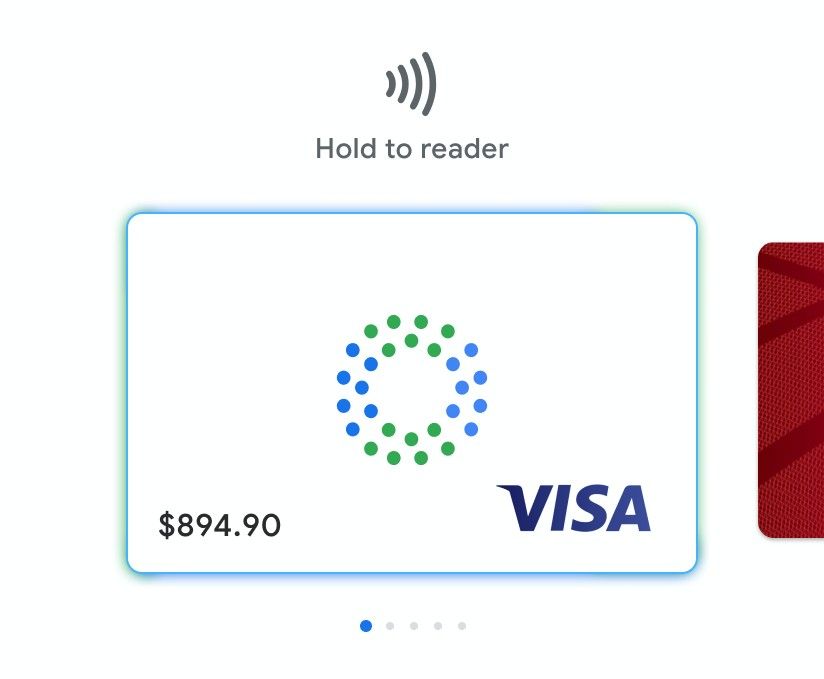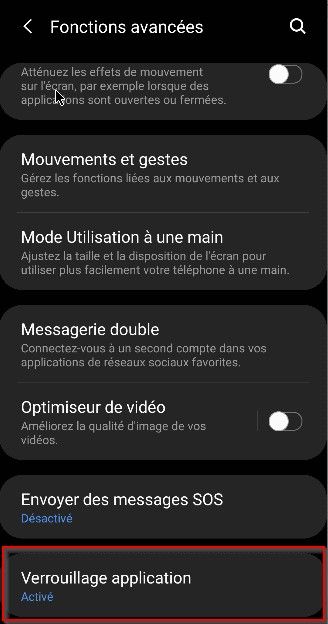The open-source Chromium project, based on the Blink engine, serves as the basis for dozens of web browsers. There’s the most popular, Google Chrome, along with others like Microsoft Edge, Vivaldi, Brave, and more. Most Chromium-based web browsers offer a handful of additional features not found in Google Chrome, but there are some that radically change the experience. Kiwi Browser by XDA Senior Member arnaud42 is one such web browser, and for the browser’s second anniversary, the developer has fully open-sourced the web browser and all its features.
Back in 2018, arnaud42 released the first version of his Chromium-based web browser. When we first covered the project several months later, we were impressed by the feature-set it offered at the time, which pales in comparison to what the browser offers today. It had features like a built-in content blocker, dark mode, background video playback, AMP skipper, and more. The browser got better and better with each update, but what really made it shine is the fact that it was the first Chromium-based browser for Android that supports Chrome Extensions.
Maintaining such an ambitious project has proven challenging for the lone developer. The latest version of Kiwi Browser on the Google Play Store is based on Chromium version 77.0.3865.92, which is far behind the upcoming Chromium version 83 release that Google is planning. Rather than let the project go to waste, arnaud42 has decided to release the source code for Kiwi Browser on GitHub. He says that “everything is released, including extensions code” with “no strings attached” (the browser is licensed under the BSD 3-Clause.) He encourages developers of other Chromium-based web browsers to integrate Kiwi’s code into their projects. He states that in the last few weeks, he worked with other browser developers to help them integrate some of Kiwi’s functionality, so we may hear some good news from other web browsers on Android soon.
Arnaud42 will continue to review code submissions on the project’s GitHub if you’re interested in contributing to the project. The code is written in Java and C++ and all dependencies are already included in the repository to help developers who face difficulties setting up the Chromium build system.
Kiwi Browser Source Code on GitHub ||| XDA Forum Thread
Kiwi Browser is one of the most impressive projects we’ve seen on our forums for some time. The developer, arnaud42, is also a friend of XDA, so we would like to thank him for his work on this project over the last two years. We hope that other Chromium-based browsers incorporate some of Kiwi’s features soon because I’m really missing the ability to use Extensions on mobile!
Kiwi Browser - Fast & Quiet (Free, Google Play) →
Kiwi Browser (Free, XDA Labs) →
The post Kiwi Browser goes open source, allowing other Chromium-based browsers to add Extensions appeared first on xda-developers.
from xda-developers https://ift.tt/2xEN6lV
via IFTTT








